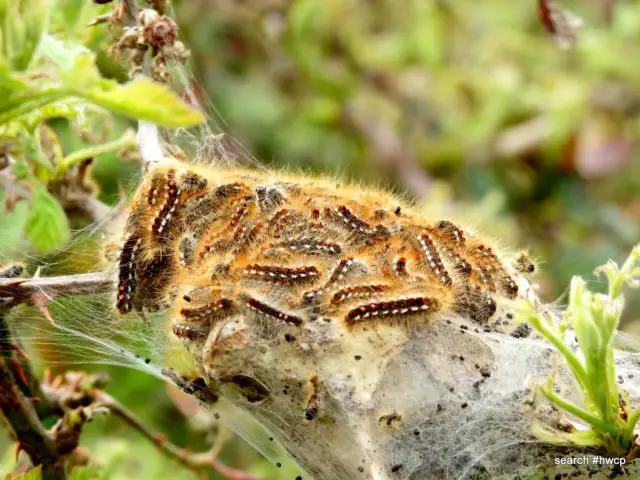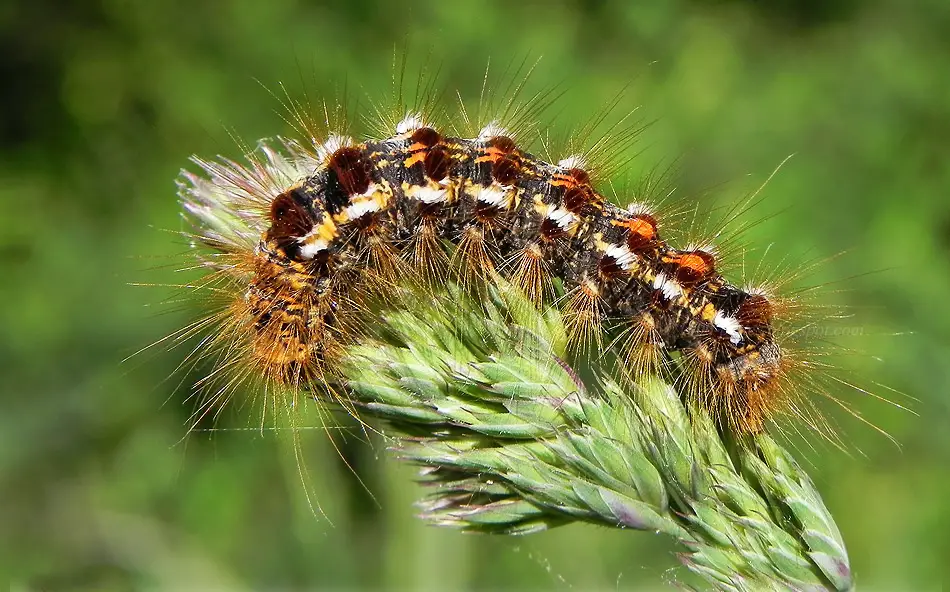OnTheWight have been informed of sightings of brown-tail moth caterpillars in Ventnor this week – particularly on the esplanade.
The arrival of caterpillars – which can cause irritation to skin – have been reported to the Isle of Wight council, but it’s worth taking care if you see any.
The hairs of the caterpillars, which look lovely and fluffy, can break off as barbs, causing skin irritation and breathing difficulties.
A spokesperson from Isle of Wight council told OnTheWight,
“The council undertook clearance work in the winter to reduce the number nests that have in the past impacted local on local amenities. This will be reviewed in the summer.”
What to do
This is an annual event, happening at the same time over the last two years, when the Isle of Wight council said,
“Normally this will give a few hours of localised discomfort. Washing the affected area with water and the application of calamine lotion on the skin may ease the itching. The hairs may also worsen symptoms of asthma for some people.
“You should seek medical advice from your pharmacist or GP if symptoms do not settle down within a few hours.”
Spring activity
The caterpillars become active in the spring. During March, caterpillars can be found in their winter tents. By April the caterpillars begin to emerge en masse from their tents and start to feed.

They gradually move further away from their winter tents during May until they become solitary. The creatures spin a cocoon and pupate, with adult moths emerging in July/August, ready to mate.
Females lay eggs near the tip of shrub branches and then they spin a tent at the end of the shoots in readiness for winter.
FACT FILE
Although the caterpillars prefer hawthorn and blackberry, they will eat leaves from any type of bush.
The creatures are between 7mm and 38mm in length (depending on age), dark brown in colour with a distinctive white line down each side; with the whole body covered in tufts of brown hairs and two distinct orange/red dots are noticeable on the caterpillars back towards the tail.
The insects have spiked and barbed hairs, which can penetrate skin, causing an irritant reaction.
Article edit
1.30pm 13th May 2020 – comment from IWC added and headline amended to remove reference to influx
Thanks to OnTheWight reader Eileen Harnley for the heads-up.





